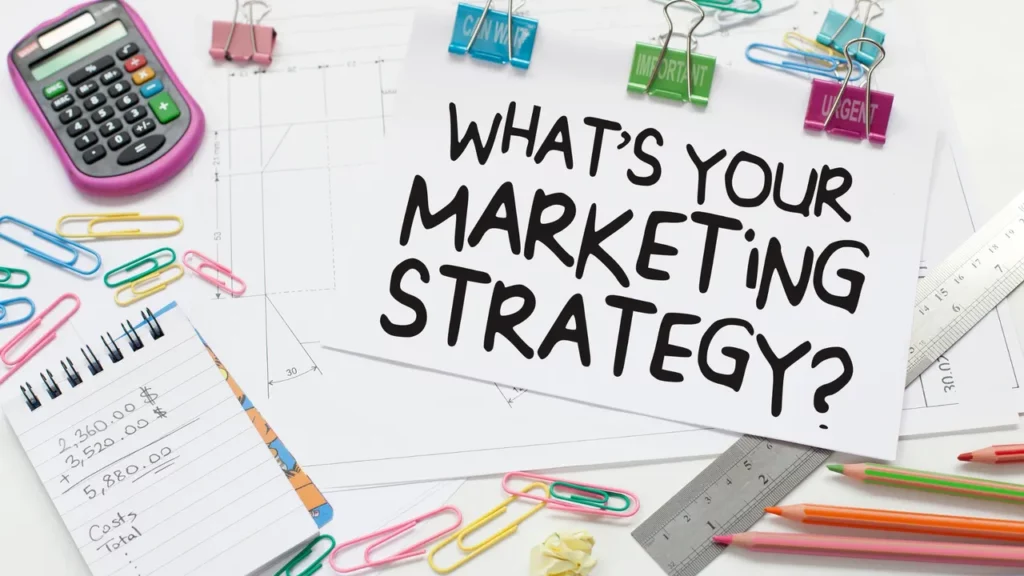This is part two of a three-part series exploring how digital marketing is fueling growth for digital sales teams in both B2B and B2C companies.
In Part One of the blog series, we defined what digital marketing is and discussed the key marketing tactics to consider. Part Two of the blog focuses on the critical success factors of a digital marketing strategy.
In the world of digital marketing, every way in which a customer interacts with us is termed as a “channel,” and the level of interaction differs based on technology integration and tactics that you apply.
In simple terms, it is achieving marketing objectives by effectively applying the various digital technologies and media. The main objective of a digital marketing strategy is revenue and business growth, keeping customer centricity at the core. Digital marketing and campaign planning require time and resources because they are complex. Hence, many corporations have a separate and sophisticated operational digital marketing department focused on executing their digital marketing strategy.
Critical Success Factors
1. Define and identify the metrics that align with the business goals
Once the business and revenue goals have been established, the right metrics need to be identified and defined to achieve the end results. Choosing the right metrics will help you be focused on the target and analyze which digital marketing activities and channels are working effectively and which need improvements.
2. Create a Digital Marketing Execution Framework
Plan your work and work your plan. You can do this by including content mapping, listing the digital channels including social media, content contributors, timelines, and calendars. There are many tools available to help with this level of planning and management. Establish roles, responsibilities, and a clear time frame for everyone on the team to stay focused. Execution and timing is key for achieving success.
3. Operationalize on creating a continuous funnel
Traditional marketers will be familiar with the concept of a sales funnel. It splits the buyers’ journey into phases.
Problem identification: The buyer acknowledges a problem they have and wants to find a solution.
Research: The buyer does research on the potential solution and comes across company outreach, which can include landing pages, social media, videos, infographics, and other content marketing.
Awareness & Interest: Buyer is now aware of your company as a possible solution to their problem and is showing interest by continuing their research. These kinds of interactions can include downloads, webinars, thought leadership podcasts, social media, informational blog posts, and case studies.
Conversion: Buyer makes the decision to purchase.
The key is to capture new traffic as well as re-engaging repeat traffic on all channels. The top of your funnel is where the real marketing happens. It is important to ensure that this stage and channels are highly engaging and seamless for both prospects and existing clients.
3. Content is king
Excellent content will also attract and bring prospects and customers through every stage of the funnel and have a high percentage rate of conversions. Content planning, editorial, and message is very important as it should resonate with the buyer persona you are trying to target. Content design, creativity, and delivery are important elements to consider aligning to your audience. Personalization is also a key factor in driving conversions and building relationships. Each content should have a CTA (Call to Action) that leads prospects towards a purchase. Content should be reliable, relatable, and relevant to your audience.
4. Marketing Automation
There are many different marketing automation tools and technologies for digital marketers. Automated emails, automated social media posts, and Artificial Intelligence Banner ads are few examples of marketing automation.
Any automation has to be executed with planning and due diligence. Many businesses, big and small, are incorporating automation into their digital marketing campaigns. Statistics show that about 72% of marketing leaders are using some form of marketing automation software. These tools make it efficient and streamline the digital marketing efforts aligned to the buyer’s purchasing journey.
Understanding and combining these core aspects of digital marketing will go a long way in delivering success to your business. In this digital era, a digital marketing strategy is critical to scale and grow any business. Also, integrated multichannel marketing is a vital pillar of digital marketing. This helps to integrate ‘digital’ and the ‘traditional’ marketing into a comprehensive multichannel marketing strategy.
Author: Somesh Chablani


